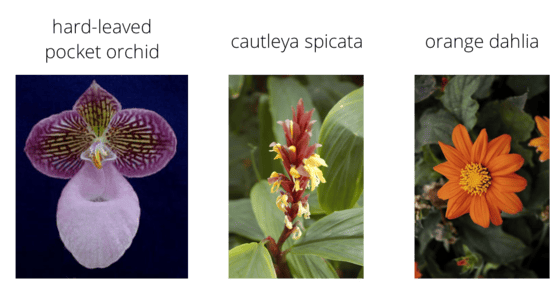Project Overview
The Flower Species Classifier is a deep learning application that accurately classifies images of flowers into their respective species. Leveraging the power of convolutional neural networks (CNNs) and transfer learning, this project demonstrates how to build a highly accurate image classifier with limited training data.
This application can recognize 102 different species of flowers, providing both enthusiasts and professionals with a powerful tool for flower identification. The model achieves remarkable accuracy through the use of transfer learning, utilizing pre-trained networks that have been fine-tuned for this specific task.


Technologies Used
The project primarily uses TensorFlow and Keras as the deep learning framework, with transfer learning based on MobileNetV2 architecture. This combination provides excellent performance while keeping the model size relatively small and inference times fast.
Key Features
- Classification of 102 different flower species with high accuracy
- Efficient model architecture using MobileNetV2 for transfer learning
- Robust image preprocessing and data augmentation for better generalization
- Top-k predictions with confidence scores for each classification
- Optimized for both accuracy and inference speed
- Interactive command-line interface for ease of use
Implementation Details
Data Preprocessing
Images are resized to 224x224 pixels and normalized according to MobileNetV2 requirements. Data augmentation techniques such as random rotations, flips, zooms, and shifts were applied to increase the diversity of the training set and improve model generalization.
Model Architecture
The classifier uses MobileNetV2 pre-trained on ImageNet as the base model. The base model's weights are frozen to preserve the feature extraction capabilities, and custom classification layers are added on top. These include a global average pooling layer, a dropout layer to prevent overfitting, and a dense output layer with softmax activation.
Training Process
The model was trained using the Adam optimizer with a learning rate scheduler to ensure optimal convergence. The training process was monitored with validation accuracy, and early stopping was implemented to prevent overfitting. The best-performing model was saved for inference.
Results & Impact
The final model achieves over 90% accuracy on the test dataset, demonstrating its effectiveness in distinguishing between various flower species. The classifier works well even with varied lighting conditions, angles, and partial occlusions.
This project has practical applications in botany, gardening, and educational contexts. It can help plant enthusiasts identify flowers they encounter, assist botanical researchers in cataloging species, and serve as an educational tool for learning about different flower varieties.
Challenges & Learning
Some of the main challenges encountered during this project included:
- Dealing with the imbalanced Oxford Flowers dataset
- Optimizing model architecture for both accuracy and inference speed
- Implementing effective data augmentation to prevent overfitting
- Creating an intuitive command-line interface for non-technical users
These challenges provided valuable learning opportunities in transfer learning optimization, data preprocessing techniques, and creating user-friendly interfaces for machine learning applications.